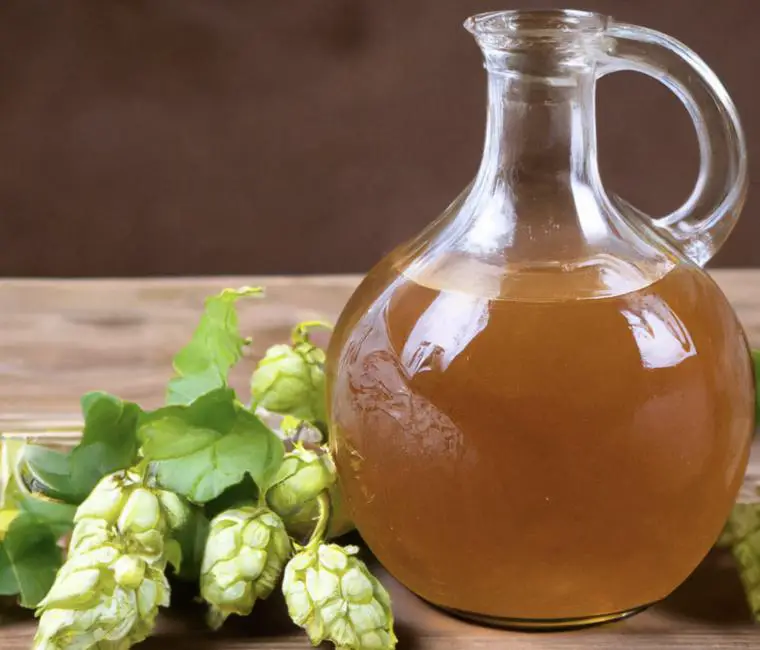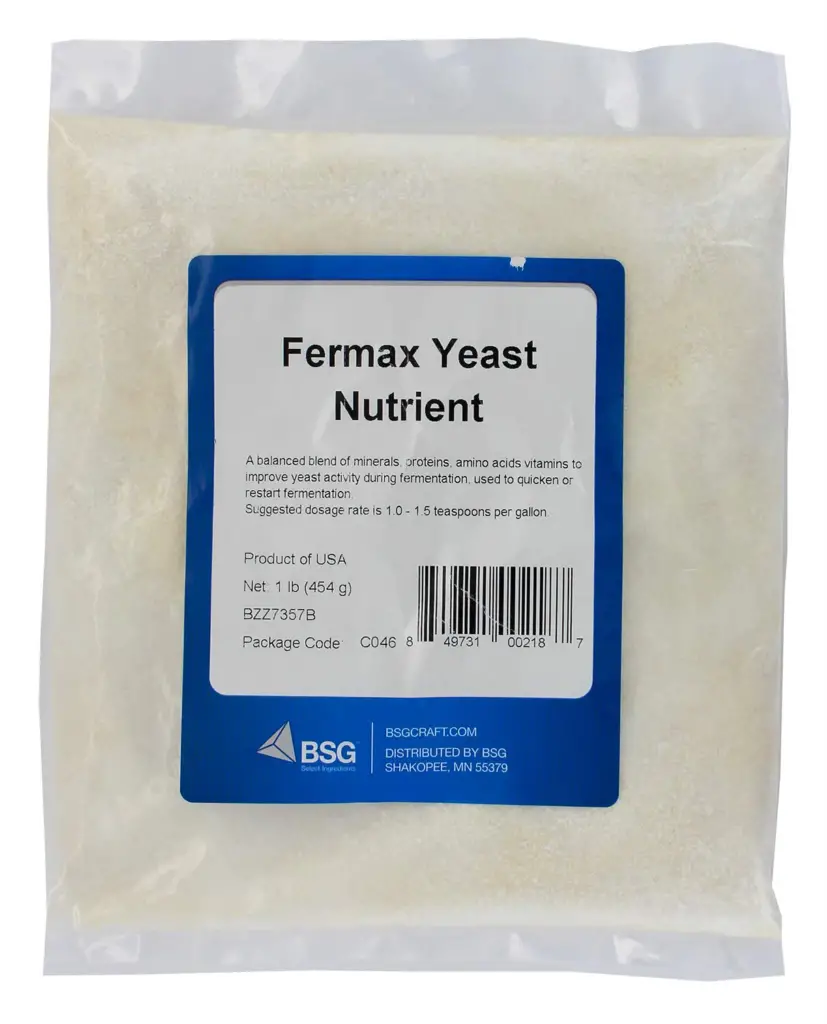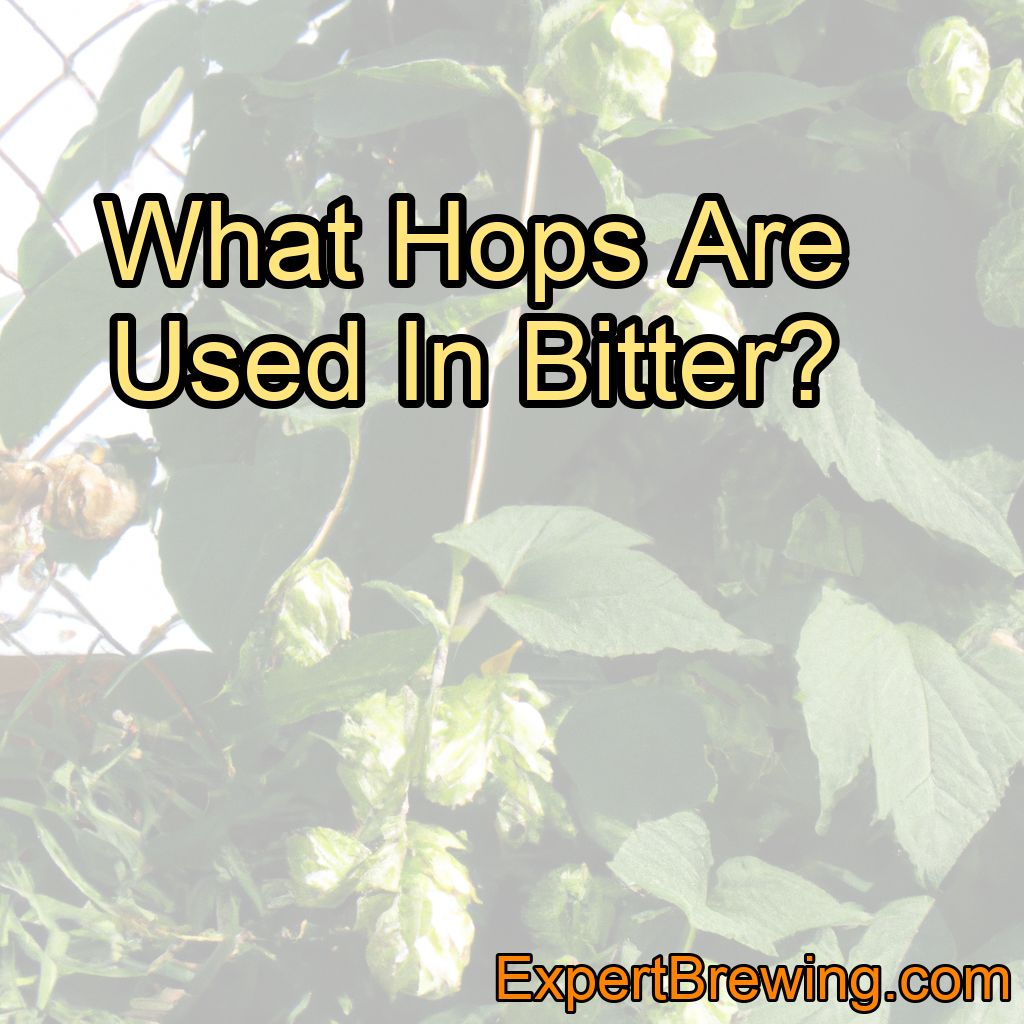Mead, one of the oldest known alcoholic beverages, is a fermented drink made from honey, water, and yeast. It’s a beverage with a rich history and complex flavor, but its production process is far from simple.
One question I’m often asked as a seasoned brewer is: “Do you need yeast nutrient for mead?”
To answer succinctly: Yes, you do need yeast nutrient to make a proper mead. Yeast nutrient is crucial for the fermentation process in mead production.
It provides essential nutrients that yeast requires to convert the sugars in honey into alcohol. Without it, your fermentation may stall or fail entirely, leading to a subpar or unusable product.
Now, let’s delve deeper into why yeast nutrients play such a pivotal role in mead brewing.
Understanding Yeast and Its Nutritional Needs
Yeast is a living organism, and like all living things, it needs certain elements to thrive and function effectively.
These essential elements include amino acids, nitrogen, vitamins, and minerals. Unfortunately, honey – the primary ingredient of mead – does not provide these elements in sufficient quantities.
Hence, yeast nutrient comes into play. It is essentially a supplement that contains these vital components.

By adding yeast nutrient to your mead, you ensure that the yeast has everything it needs to do its job effectively and bring your brew to life.
The Importance of Nitrogen in Fermentation
Among the components of yeast nutrient, nitrogen is particularly crucial. Yeast uses nitrogen to produce amino acids and proteins, which are key to its growth and metabolism.
A lack of nitrogen can cause a condition known as “nitrogen starvation”, which can impair yeast’s ability to ferment sugar and may lead to off-flavors or stalled fermentation.
Best Yeast Nutrients for Mead
There are several types of yeast nutrients available, each with its own strengths and weaknesses.
The most common types contain Diammonium Phosphate (DAP), Fermaid-K, Fermaid-O, and Yeast Energizer.
Fermax Yeast Nutrients
DAP is a pure source of inorganic nitrogen. It is highly effective but can lead to off-flavors if used in excess. Fermaid-K and Fermaid-O are proprietary blends that provide a balanced mix of nutrients. Yeast Energizer, meanwhile, is typically used to restart a stalled fermentation.
It’s important to choose the right yeast nutrient for your specific needs and to use it correctly to avoid any potential pitfalls.
The Right Time to Add Yeast Nutrient
Timing is key when it comes to adding yeast nutrients. Typically, nutrients are added in stages, a procedure known as “staggered nutrient addition”.
This method involves adding portions of the nutrient at specific intervals, usually at the start of fermentation, 24 hours after pitching the yeast, 48 hours after pitching, and at the one-third sugar break.
The staggered addition ensures that yeast gets the nutrients it needs at every stage of fermentation, promoting a healthy and efficient fermentation process.
How Yeast Nutrient Impacts Mead Flavor and Quality
Yeast nutrient doesn’t just keep your yeast happy; it also directly impacts the quality and flavor of your mead. A well-fed yeast will produce a cleaner, smoother mead with fewer off-flavors.
A lack of nutrients can lead to the production of fusel alcohols, which can give your mead a harsh, solvent-like taste. Proper nutrient addition helps prevent this, resulting in a superior final product.
Conclusion: The Essential Role of Yeast Nutrient in Mead Making
In conclusion, yeast nutrient is a vital component in the production of mead. It supplies the yeast with the necessary nutrients, promotes a healthy fermentation process, and ultimately contributes to the quality of the mead.
To summarize, here are 10 facts about yeast nutrient in mead making:
1. Yeast nutrient is essential for mead production.
2. It provides the yeast with crucial elements like amino acids, nitrogen, vitamins, and minerals.
3. Honey does not provide these elements in sufficient quantities.
4. Nitrogen is particularly important for yeast’s growth and metabolism.
5. Several types of yeast nutrients are available, including DAP, Fermaid-K, Fermaid-O, and Yeast Energizer.
6. The type of nutrient used should depend on your specific brewing needs.
7. Nutrients are usually added in stages, a practice known as “staggered nutrient addition”.
8. Yeast nutrient directly impacts the quality and flavor of your mead.
9. A lack of nutrients can lead to the production of fusel alcohols, resulting in off-flavors.
10. Proper nutrient addition results in a cleaner, smoother mead.
So, next time you’re brewing a batch of mead, don’t forget the yeast nutrient. It’s a small addition that makes a big difference. Happy brewing!
FAQs
Can I make mead without nutrient?
While it is technically possible to make mead without nutrient additions, it is generally not recommended. Nutrients, such as yeast energizer or yeast nutrient, provide essential elements that support healthy yeast growth and fermentation. Without proper nutrients, the yeast may struggle to ferment the sugars efficiently, leading to sluggish or stuck fermentation. This can result in off-flavors, incomplete fermentation, or even spoilage. Therefore, it is advisable to use nutrient additives to ensure a successful and high-quality mead production.
What are the best yeast nutrients?
The best yeast nutrients usually include a combination of organic nitrogen sources such as yeast extract, peptones, and amino acids. Additionally, minerals like magnesium, zinc, and vitamins such as thiamine can also benefit yeast growth and fermentation. However, the choice of yeast nutrient depends on the specific requirements of the yeast strain and the fermentation conditions.
What is the best yeast nutrients for mead?
The best yeast nutrients for mead typically include a combination of inorganic nitrogen sources, such as diammonium phosphate (DAP), and organic nitrogen sources, such as yeast extract or Fermaid K. These nutrients provide essential nitrogen compounds that help yeast thrive during fermentation. It is important to follow recommended dosage guidelines and consider the specific nutritional needs of your yeast strain. Additionally, staggered nutrient additions (SNA) technique is often recommended to provide nutrients in multiple stages during fermentation, promoting a healthy and complete fermentation process.
Is yeast nutrient really necessary?
Yes, yeast nutrient is necessary in certain situations. While yeast can ferment without additional nutrients, adding yeast nutrient can improve fermentation performance and overall yeast health. It provides essential minerals, vitamins, amino acids, and other compounds that support yeast growth and metabolism. Yeast nutrient is particularly beneficial in challenging fermentation conditions, such as high sugar or low nutrient musts, where yeast may struggle to thrive. However, in optimal fermentation conditions, yeast nutrient may not be necessary.
What are good yeast nutrients for mead?
Good yeast nutrients for mead include diammonium phosphate (DAP), yeast energizer, and organic sources such as yeast hulls or yeast autolysates. These nutrients provide essential nitrogen and other micronutrients that help the yeast to ferment the mead more efficiently and produce a clean and flavorful end product. It is important to follow recommended dosage guidelines and consult with a mead-making expert or supplier for specific recommendations based on your recipe and fermentation conditions.







